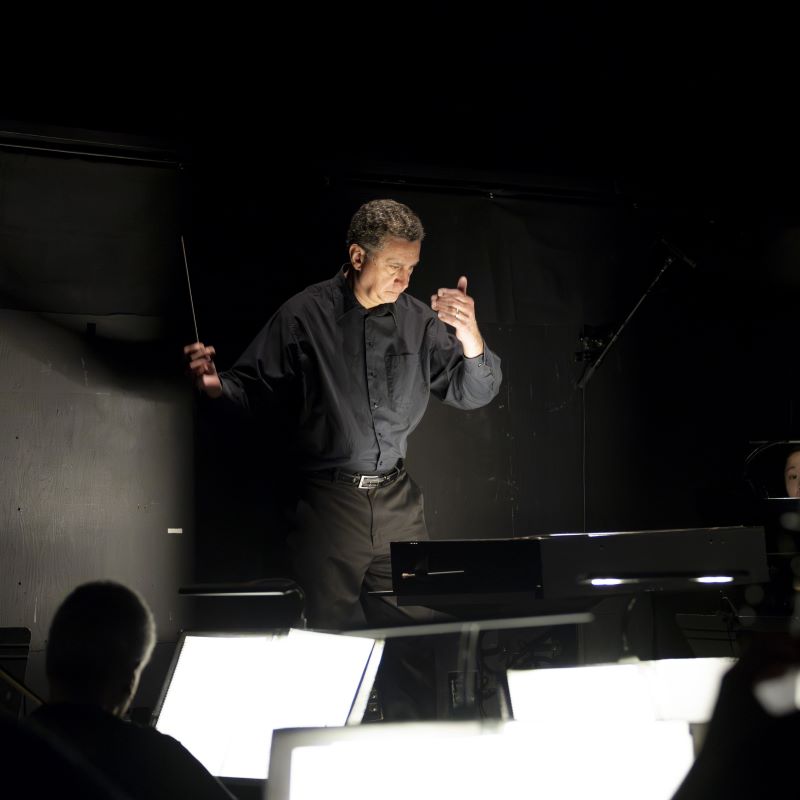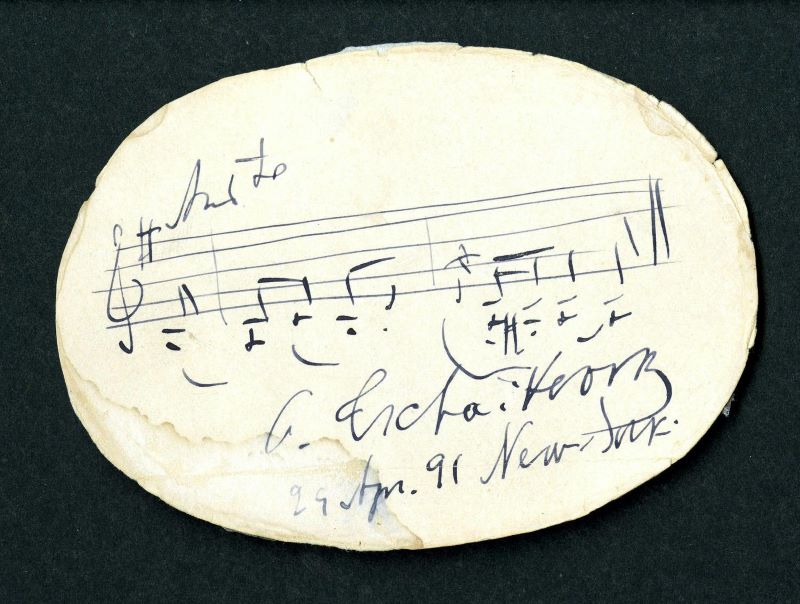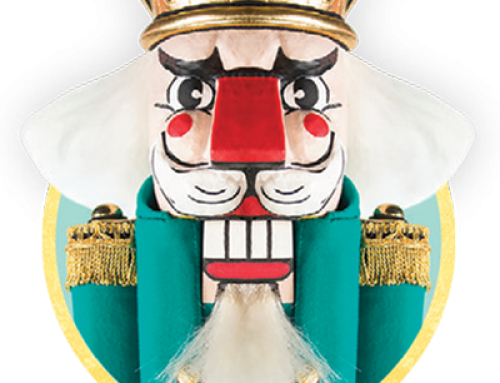Meet Them Through the Music: PNB Music Director and Principal Conductor Emil de Cou’s Playlist
PNB is the home of so many artists: dancers, costumers, musicians, and more. In this series, we highlight PNB Orchestra members through their musical taste. Today, meet PNB Music Director and Principal Conductor Emil de Cou. As PNB approaches the world-premiere production of The Sleeping Beauty, it was fitting to feature Emil, who has a deep love for Tchaikovsky’s music. Keep scrolling to read more about Emil and his favorite Tchaikovksy work!


Tchaikovsky was my first favorite composer and still is to this day! I first came across his music in the Disney film Fantasia, and it literally changed my life from wanting to pursue a career in aerospace to wanting to become a professional musician. I still find endless inspiration, joy, and solace in his many varied works. Here are a few that I know you will love as much as I do.
Mazeppa
Tchaikovsky wrote 11 operas that were often performed in Russia and throughout the world (Beverly Sills was famous in his opera The Slippers at the New York City Opera, an opera that sadly has fallen by the wayside). Eugene Onegin, his first operatic hit, and The Queen of Spades are still performed. Mazeppa is an epic story of love, murder, political persecution, and war (in short, your typical operatic story). I recently conducted “The Battle of Poltava” and “Cossack Dance” with the Chicago Symphony. It was the first time they had ever played either piece, and they loved it!
Nutcracker
Even after just finishing our 2024 The Nutcracker run, I am still impressed by how powerful the score is. The ballet was one of Tchaikovsky’s final major works and is as evergreen as when I first heard it many years ago. The first recording I owned was this one, by Antol Dorati and the London Symphony, and it is a gem. The orchestration is pure genius, along with its endlessly inspired melodies. These two elements are part of why every ballet company considers Nutcracker a cornerstone of their repertoire. When I first heard this recording, it was my dream to conduct the ballet at least once in my life – that dream has been answered at least 500 times by now, and happily so!
The String Quartets
While the slow movement of the first quartet, Andante cantabile, is well known, the rest of the quartet along with the other two are not. Many professional musicians are unaware of them as well, so don’t feel bad if you have never come across these miniature masterpieces.
Symphony No. 2 in C Minor
Tchaikovsky is one of the greatest symphonists in the history of classical music, and his Fifth Symphony reigns supreme as one of the absolute greatest in that category. His earlier Symphony No. 2 in C Minor was nicknamed “The Little Russian” for the theme in the finale, which is a Ukrainian folksong. Tchaikovsky loved Ukraine; both he and his sister owned homes there where he composed many pieces. His grandfather was from Ukraine, and the original family name was Chaika (Ukrainian for seagull). It was changed to Tchaikovsky when he moved to Russia. This symphony is a delight and is one of the few earlier works he revised years later. It was also a favorite of Stravinsky, who conducted the piece many times.
Serenade for Strings
This is a work beloved by all Balanchine fans. Leopold Stokowski is one of my favorite conductors. He was sometimes a bit self-indulgent but always impassioned. He brought classical music to a wider audience than probably anyone else with recordings and in movies like Fantasia, 100 Men and a Girl, and Carnegie Hall. This performance of Serenade for Strings is one of my absolute favorites. It is not as over-the-top as some of his other performances. When you listen to the shimmering strings (a trademark of Stokowski performances), I am reminded of a line in the movie Carnegie Hall, spoken during a performance of the Fifth Symphony: “There’s nothing like Stokowski.”
Suite No. 3
While Tchaikovsky’s six symphonies are all well-known, his three suites have been unjustly neglected. Tchaikovsky created his suites and “Mozartiana” in the eleven years between his Fourth and Fifth Symphonies. The Third Suite is a work every bit as masterful and inspired as its symphonic siblings, and the ending packs a punch to rival the Third and Fourth Symphonies. Ballet fans will know the final movement as Balanchine’s ballet Theme and Variations which he created for American Ballet Theater in 1947. It is one of my all-time favorite ballets to conduct – listen for the last variation with the snowy tremolo in the strings and the mournful English horn solo followed by a thrill ride of a Polacca finale. Tchaikovsky frequently conducted the suite and featured it on his program that opened Carnegie Hall in 1891. The best version I know is only available on vinyl or YouTube.
This version on CD with the Detroit Symphony is the best recording you can still buy.

A quote from the theme of the final movement of the Third Suite. Tchaikovsky made this autograph for Carnegie Hall when he opened the concert hall in 1891. Photo courtesy Emil de Cou.
Save Emil de Cou’s playlist on Pacific Northwest Ballet’s Spotify page, and make sure to follow us there for more PNB Orchestra features!





